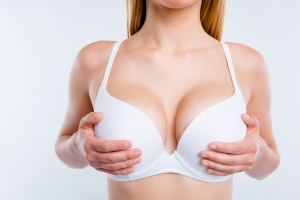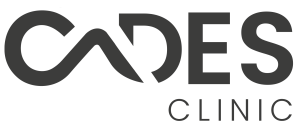Introduction
The quest for perky and youthful breasts often leads to questions about whether breast implants alone can address sagging. This article navigates through the intricacies of breast aesthetics, exploring the role of implants and the additional considerations for restoring firmness and lift.

Can Breast Implants fix sagging breasts?
Breast implants, designed for volume enhancement, are not a solution for sagging breasts. Implants alone cannot correct the effects of gravity and skin laxity that lead to breast ptosis. Understanding this limitation is crucial for individuals seeking comprehensive breast rejuvenation.
Breast sagging involves the descent of the breast tissue and nipple-areola complex. Implants, while adding volume, do not provide the necessary structural support to lift and reshape sagging breasts. Attempting to use implants for this purpose alone may yield unsatisfactory results and compromise the natural aesthetics of the breasts.
How to fix sagging breasts with Breast Implants?
For those dealing with sagging breasts, a breast lift (mastopexy) is the recommended procedure. A breast lift addresses excess skin, repositions the breast tissue, and elevates the nipple-areola complex to create a more youthful and lifted appearance. Combining a breast lift with implants is often ideal for those desiring both increased volume and a lifted profile.
![]()
What does a Breast Lift do?
The surgery typically involves removing excess skin, reshaping breast tissue, repositioning the nipple-areola complex, and placing implants if desired. This combination ensures a harmonious outcome with increased fullness and a lifted contour.
Who is a good candidate for a Breast Lift with Silicone Implants?
Good candidates for a combined breast lift and augmentation are individuals with sagging breasts who also seek enhanced volume. Candidates should be in good health, have realistic expectations, and understand the limitations and benefits of the procedures.

How long does it take to heal from Mastopexy with Silicone Implants?
The healing time for a mastopexy (breast lift) with implants can vary among individuals. Generally, initial recovery may take about 1 to 2 weeks, during which patients are advised to avoid strenuous activities and follow post-operative care instructions.
While patients may return to light activities after a week, it’s important to note that full recovery and the resolution of swelling and bruising may take several weeks to a few months. During this time, it’s crucial to wear supportive bras as recommended by the surgeon and attend follow-up appointments for proper monitoring.
Patients are typically advised to refrain from heavy lifting or vigorous exercise for about 4 to 6 weeks post-surgery. The final results and complete healing may continue to evolve over several months, with scars gradually fading.
Individual healing experiences can vary, and adherence to post-operative guidelines, along with regular follow-ups with the surgeon, contributes to a smooth and successful recovery process.

Conclusion
In the pursuit of rejuvenated breasts, it’s essential to recognize the distinct roles of breast implants and breast lifts. While implants add volume, a breast lift is the key to addressing sagging. For those seeking a comprehensive solution, combining these procedures under the guidance of a qualified plastic surgeon can yield transformative and natural-looking results. Understanding the synergistic approach to breast enhancement empowers individuals to make informed decisions, ultimately achieving the aesthetic they desire.
Disclaimer: The content on this blog is intended for general informational purposes only. It is not a substitute for professional medical advice, diagnosis, or treatment. Always consult qualified healthcare providers for personalized advice. Information regarding plastic surgery, dental treatment, hair transplant, and other medical procedures is educational and not a guarantee of results. We do not assume liability for actions taken based on blog content. Medical knowledge evolves; verify information and consult professionals. External links do not imply endorsement. By using this blog, you agree to these terms.




